Howard C. Elman, David J. Silvester, Andrew J. Wathen9780198528678, 0-19-852867-1
Table of contents :
Contents……Page 12
0 Models of incompressible fluid flow……Page 16
1 The Poisson equation……Page 25
1.1 Reference problems……Page 26
1.2 Weak formulation……Page 29
1.3 The Galerkin finite element method……Page 32
1.3.1 Triangular finite elements (R[sup(2)])……Page 35
1.3.2 Quadrilateral elements (R[sup(2)])……Page 37
1.3.3 Tetrahedral elements (R[sup(3)])……Page 40
1.3.4 Brick elements (R[sup(3)])……Page 41
1.4 Implementation aspects……Page 42
1.4.1 Triangular element matrices……Page 43
1.4.2 Quadrilateral element matrices……Page 46
1.4.3 Assembly of the Galerkin system……Page 48
1.5 Theory of errors……Page 51
1.5.1 A priori error bounds……Page 53
1.5.2 A posteriori error bounds……Page 63
1.6 Matrix properties……Page 71
Problems……Page 76
Computational exercises……Page 81
2 Solution of discrete Poisson problems……Page 83
2.1 The conjugate gradient method……Page 84
2.1.1 Convergence analysis……Page 88
2.1.2 Stopping criteria……Page 90
2.2 Preconditioning……Page 93
2.3 Singular systems are not a problem……Page 98
2.4 The Lanczos and minimum residual methods……Page 99
2.5 Multigrid……Page 103
2.5.1 Two-grid convergence theory……Page 110
2.5.2 Extending two-grid to multigrid……Page 116
Problems……Page 122
Computational exercises……Page 125
3 The convection–diffusion equation……Page 128
3.1 Reference problems……Page 130
3.2 Weak formulation and the convection term……Page 135
3.3.1 The Galerkin finite element method……Page 138
3.3.2 The streamline diffusion method……Page 141
3.4.1 A priori error bounds……Page 149
3.4.2 A posteriori error bounds……Page 157
3.5 Matrix properties……Page 163
3.5.1 Computational molecules and Fourier analysis……Page 167
3.5.2 Analysis of difference equations……Page 171
Discussion and bibliographical notes……Page 176
Problems……Page 178
Computational exercises……Page 179
4.1 Krylov subspace methods……Page 181
4.1.1 GMRES……Page 182
4.1.2 Biorthogonalization methods……Page 187
4.2 Preconditioning methods and splitting operators……Page 191
4.2.1 Splitting operators for convection–diffusion systems……Page 193
4.2.2 Matrix analysis of convergence……Page 196
4.2.3 Asymptotic analysis of convergence……Page 200
4.2.4 Practical considerations……Page 205
4.3 Multigrid……Page 209
4.3.1 Practical issues……Page 210
4.3.2 Tools of analysis: smoothing and approximation properties……Page 215
4.3.3 Smoothing……Page 217
4.3.4 Analysis……Page 220
Discussion and bibliographical notes……Page 223
Problems……Page 226
Computational exercises……Page 227
5 The Stokes equations……Page 229
5.1 Reference problems……Page 232
5.2 Weak formulation……Page 237
5.3 Approximation using mixed finite elements……Page 239
5.3.1 Stable rectangular elements (Q[sub(2)]–Q[sub(1)], Q[sub(2)]–P[sub(–1)], Q[sub(2)]–P[sub(0)])……Page 244
5.3.2 Stabilized rectangular elements (Q[sub(1)]–P[sub(0)], Q[sub(1)]–Q[sub(1)])……Page 250
5.3.3 Triangular elements……Page 260
5.3.4 Brick and tetrahedral elements……Page 263
5.4 Theory of errors……Page 264
5.4.1 A priori error bounds……Page 265
5.4.2 A posteriori error bounds……Page 277
5.5 Matrix properties……Page 283
5.5.1 Stable mixed approximation……Page 285
5.5.2 Stabilized mixed approximation……Page 288
Discussion and bibliographical notes……Page 292
Problems……Page 295
Computational exercises……Page 298
6 Solution of discrete Stokes problems……Page 300
6.1 The preconditioned MINRES method……Page 301
6.2 Preconditioning……Page 304
6.2.1 General strategies for preconditioning……Page 306
6.2.2 Eigenvalue bounds……Page 311
6.2.3 Equivalent norms for MINRES……Page 318
6.2.4 MINRES convergence analysis……Page 321
Discussion and bibliographical notes……Page 323
Problems……Page 324
Computational exercises……Page 325
7 The Navier–Stokes equations……Page 328
7.1 Reference problems……Page 330
7.2 Weak formulation and linearization……Page 333
7.2.1 Stability theory and bifurcation analysis……Page 335
7.2.2 Nonlinear iteration……Page 339
7.3 Mixed finite element approximation……Page 342
7.4 Theory of errors……Page 345
7.4.1 A priori error bounds……Page 346
7.4.2 A posteriori error bounds……Page 348
Discussion and bibliographical notes……Page 352
Computational exercises……Page 354
8 Solution of discrete Navier–Stokes problems……Page 356
8.1 General strategies for preconditioning……Page 357
8.2 Approximations to the Schur complement operator……Page 361
8.2.1 The pressure convection–diffusion preconditioner……Page 362
8.2.2 The least-squares commutator preconditioner……Page 368
8.3 Performance and analysis……Page 369
8.3.1 Ideal versions of the preconditioners……Page 370
8.3.2 Use of iterative methods for subproblems……Page 374
8.3.3 Convergence analysis……Page 379
8.3.4 Enclosed flow: singular systems are not a problem……Page 380
8.3.5 Relation to SIMPLE iteration……Page 383
8.4 Nonlinear iteration……Page 385
Discussion and bibliographical notes……Page 390
Problems……Page 393
Computational exercises……Page 394
Bibliography……Page 397
G……Page 412
N……Page 413
S……Page 414
W……Page 415
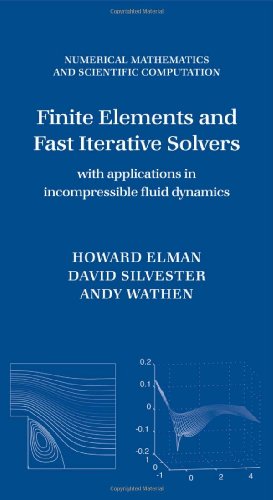

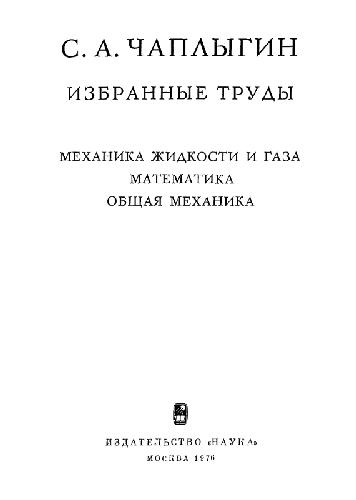
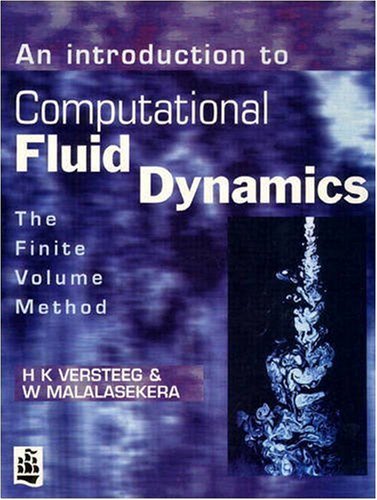
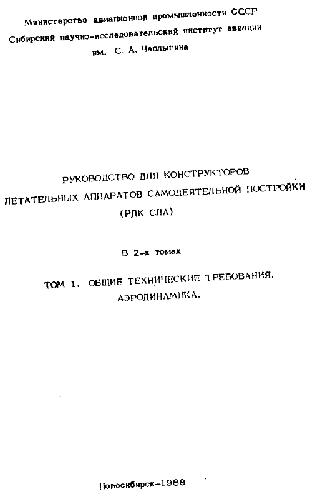

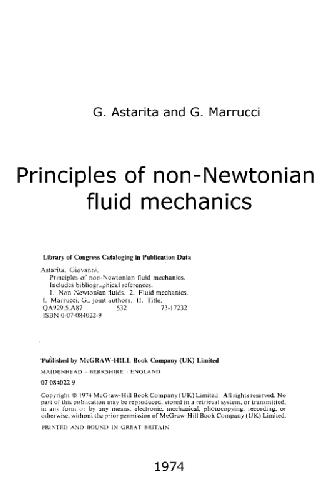
Reviews
There are no reviews yet.